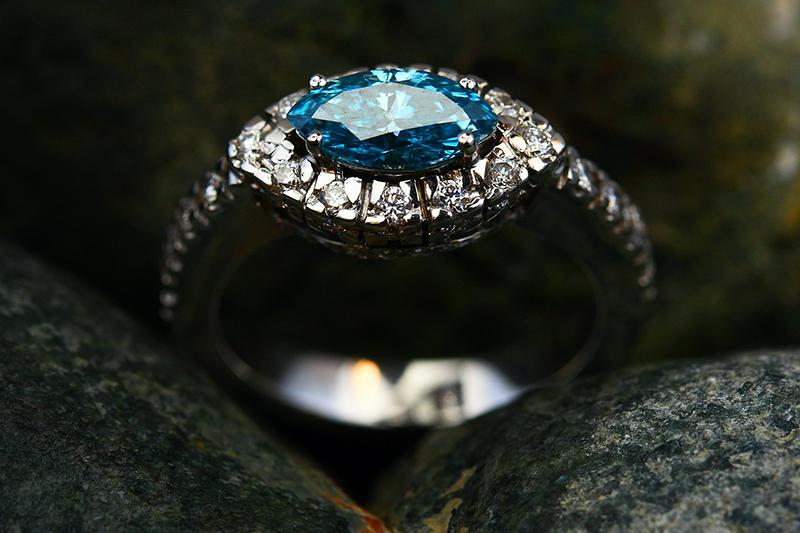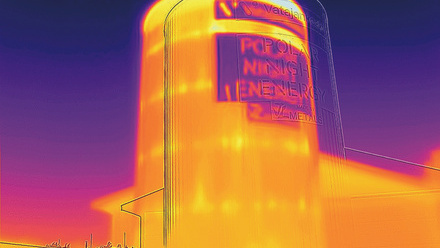Four ways technology has transformed jewellery design and manufacturing
As in most industries, technology has played a big part in the advancement of jewellery design and manufacturing. Here, we look at specific pieces of technology which have helped transform the sector.

CAD for bespoke pieces
More and more people are looking for unique rings and one of a kind, computer-aided design (CAD) has made this possible. CAD uses a computer programme to create and modify a design before it goes into production. It can generate precise 2D and 3D models, as well as technical illustrations.
With the rise in the demand for bespoke pieces, CAD is an important piece of technology for many jewellers. When it comes to jewellery which is to be a gift or hold special meaning, many customers have different tastes. Often, people want a one-off piece made too, and CAD can help with this.
This is not just a great time-saving tool in the process of creating a bespoke design, but it also allows the client to ‘see’ the finished product before it is sent to be manufactured. The technical illustrations which can be produced allow the customer to see their desired product from different angles and in a realistic format. This means that any modifications to the piece can be made before the jewellery is created, saving wasted gems, metals, and resources if the client changes their mind.
Neil Dutta of Angelic Diamonds, retailer of engagement rings, says, ‘CAD allows for the creation of more intricate designs, as the piece can be seen and edited close-up in a way that didn’t used to be possible. Customers can add their own input to the designs after seeing the realistic images too. Jewellery is often a significant investment for the buyer and it’s important for both the client and the seller that the buyer is satisfied with the end-product.’
Lab grown diamonds
Lab grown diamonds, also known as man-made diamonds, are surging in popularity. Yes, lab grown diamonds are real diamonds and both types of diamond have the exact same chemical and optical properties. They also both adhere to the 4Cs: cut, clarity, colour and carat. The only difference between the two diamonds is how they’re made.
Synthetic diamonds are created by mimicking the conditions under which diamonds naturally develop deep within the earth. Man-made diamonds start out as a tiny carbon seed. Extreme heat and intense pressure is then applied to the seed using advanced technological equipment and over time, a rough diamond is formed.
Just as lab grown and natural diamonds look alike, they’re also equally strong, hard and durable. As they’re chemically identical, they both score a 10 on the Mohs scale of hardness. Either type of diamond is guaranteed to stand the test of time.
Creating lab grown diamonds requires fewer overheads than natural diamonds, making them cheaper to source. This makes lab grown diamonds an excellent choice for anyone with a small budget.
3D printing
3D printing has been a major advancement in many sectors, but it has allowed the jewellery business to become more efficient in the production process.
3D printing is used in the jewellery business by using CAD to produce 3D printed wax or resin models of the designs. These are then used to cast delicate pieces with the fine metals — 3D printing with precious metals to begin with would be overly costly. These moulds mean that separate sections of metal don’t need to be soldered together, creating a more solid and complex piece of jewellery.
Shaherazad Umbreen from jewellery for shoes specialist Shoes by Shaherazad explains how 3D printing has helped her business. ‘I've experimented with 3D printing a lot, as it allows low-cost testing of product designs. In the past, going directly to metal-bashing techniques meant that if a design didn't look right, then precious time (and costly metals) were lost.
‘Now, I design in CAD, print in 3D, and only then when the design is just right do I then use the 3D mould to create a piece of jewellery. Many of my designs are in 22-carat gold, so this new process has saved me thousands of pounds and hours of time.’
Laser technology
Another piece of technology that has risen in popularity in the jewellery sector is laser technology. Although this has been around for some time, advancements in lasers are continually progressing the industry.
Laser engraving is a modern alternative for making original, custom, or unique designs. Laser technology can be used when engraving metal pieces or adding inscriptions and detail to jewellery. The smallest of details can be created with a laser due to the precision of the machinery, meaning that wording is clearly legible once engraved.
The use of technology in jewellery development has progressed over time, and people still want hand-crafted beautiful jewellery that has taken a lot of love and care to create. Technologies help create beautiful designs and advance craftsmanship.







